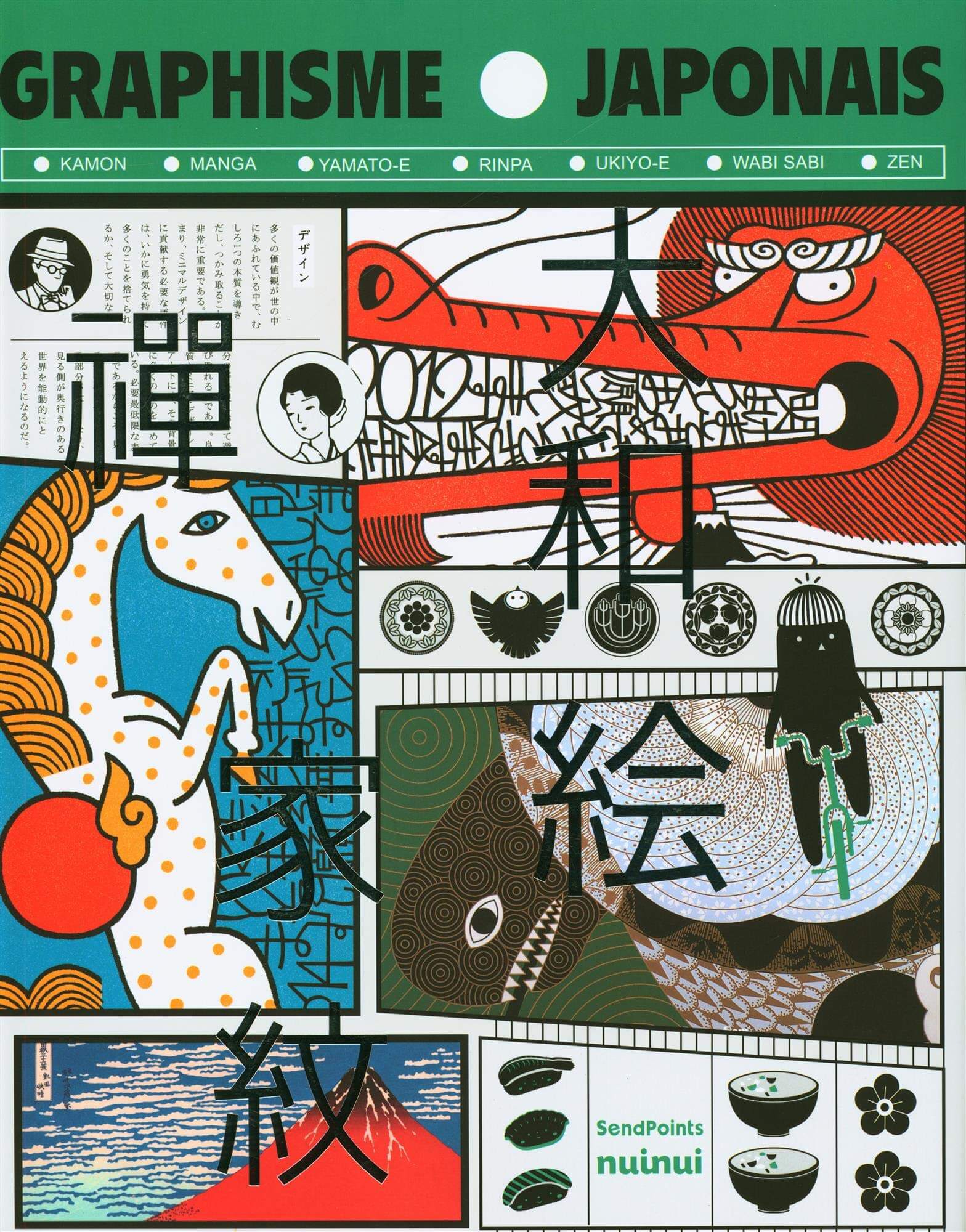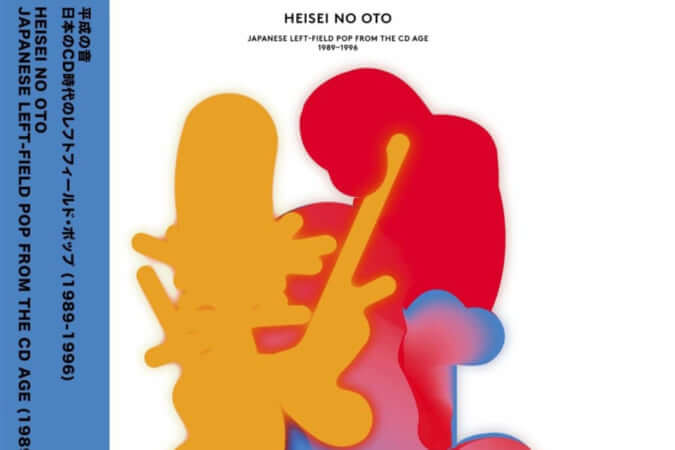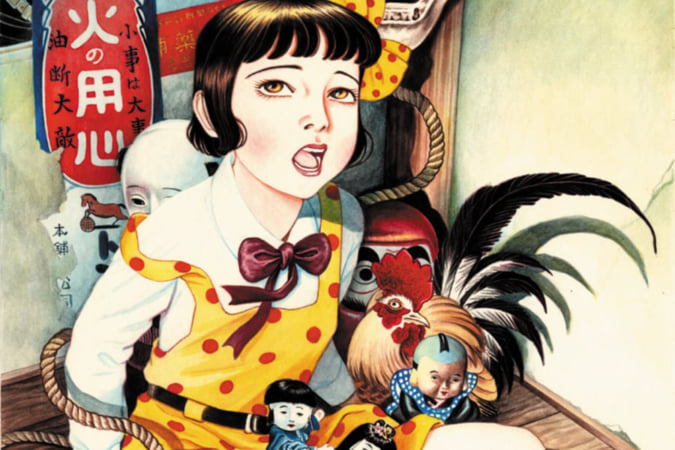Japanese Graphic Design from A to Z
This book retraces the history of graphic design from 1945 to 2020, examining the influences for the leading names in the discipline.

© SendPoints - Nuinui éditions
Who are the masters of graphic design in Japan? What were their inspirations? How did they make a mark on their era and future generations? Graphisme Japonais (‘Japanese Graphic Design’), a book by Marie Kastner, offers answers to all these questions through brilliant analyses, studies, and interviews.
Graphisme Japonais is divided into three parts. The first is dedicated to post-war graphic design from 1945 to 1980, the second examines the golden age of Japanese graphic design in the 1990s, which coincided with the bursting of the economic bubble, and the third analyses 21st-century trends in the discipline.
Rooted in the traditional Japanese aesthetic
From Masaaki Hiromura, the graphic designer responsible for the corporate identity of Seibu shopping centres and the logo for the 2020 Olympic Games, to Daigo Daikoku, who has designed language textbooks used in primary schools and who oversees the artistic direction of MUJI’s global Christmas campaigns, Marie Kastner presents the big names in Japanese graphic design but also analyses their sources of inspiration.
Thus, the reader discovers that the wabi-sabi aesthetic, the artistic universe of yamato-e and ukiyo-e prints, and even the philosophy behind the tea ceremony are never too far from Japanese graphic design creations, even the most modern.
Graphisme japonais (‘Japanese Graphic Design’) (2020), a book by Marie Kastner, is published by Nui Nui (not currently available in English).
TRENDING
-
The Tattoos that Marked the Criminals of the Edo Period
Traditional tattoos were strong signifiers; murderers had head tattoos, while theft might result in an arm tattoo.

-
The Story of Sada Yacco, the Geisha who Bewitched Europe
Described by Dazed magazine as the first beauty influencer, she has been restored to her former glory since 2019.

-
Chiharu Shiota, Red Threads of the Soul
Last year, more than 660,000 people visited the retrospective 'Chiharu Shiota: The Soul Trembles' exhibit at the Mori Art Museum.

-
Japanese Left-field Pop From The CD Age, 1989-1996
‘Heisei No Oto’, a compilation of hidden gems in the unspoken depths of Japanese pop, reveal blissful moment of technological possibility.

-
‘Shojo Tsubaki’, A Freakshow
Underground manga artist Suehiro Maruo’s infamous masterpiece canonised a historical fascination towards the erotic-grotesque genre.





